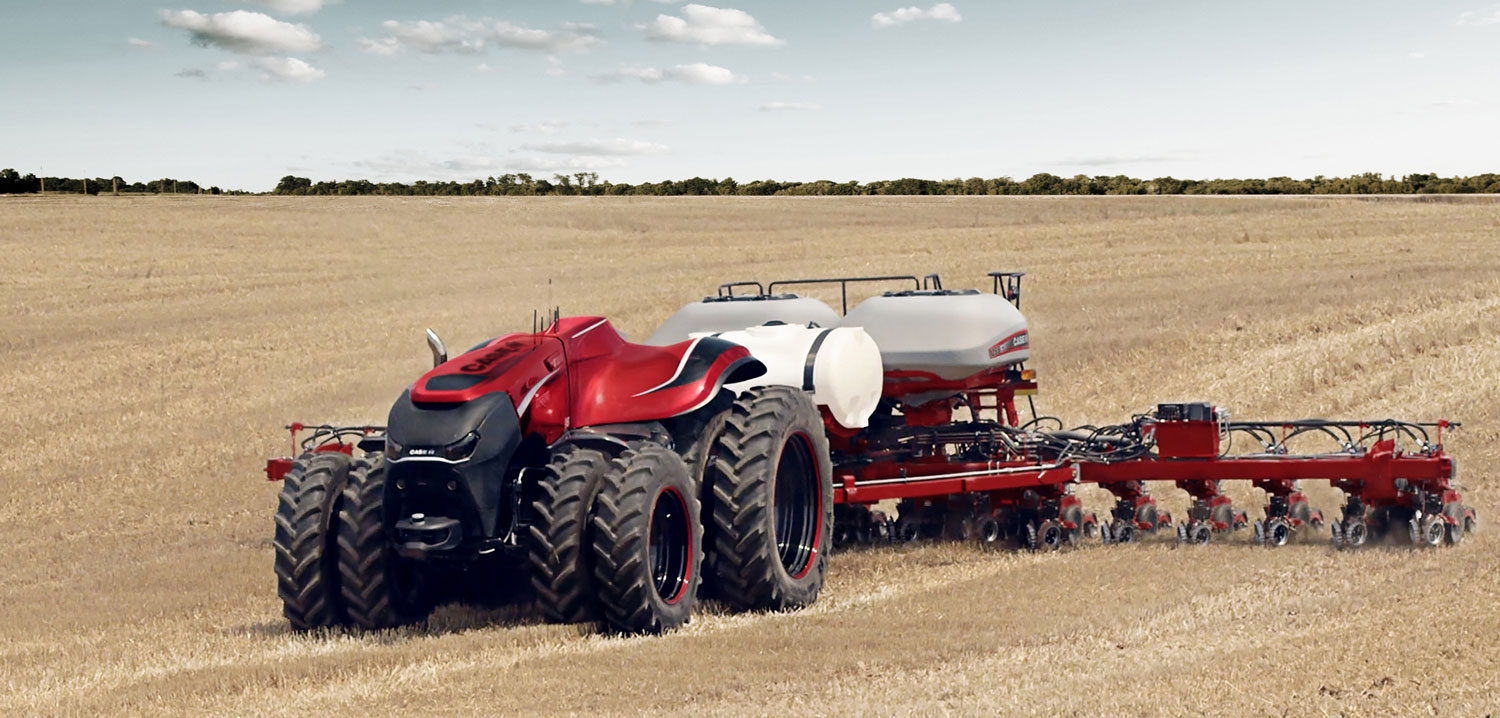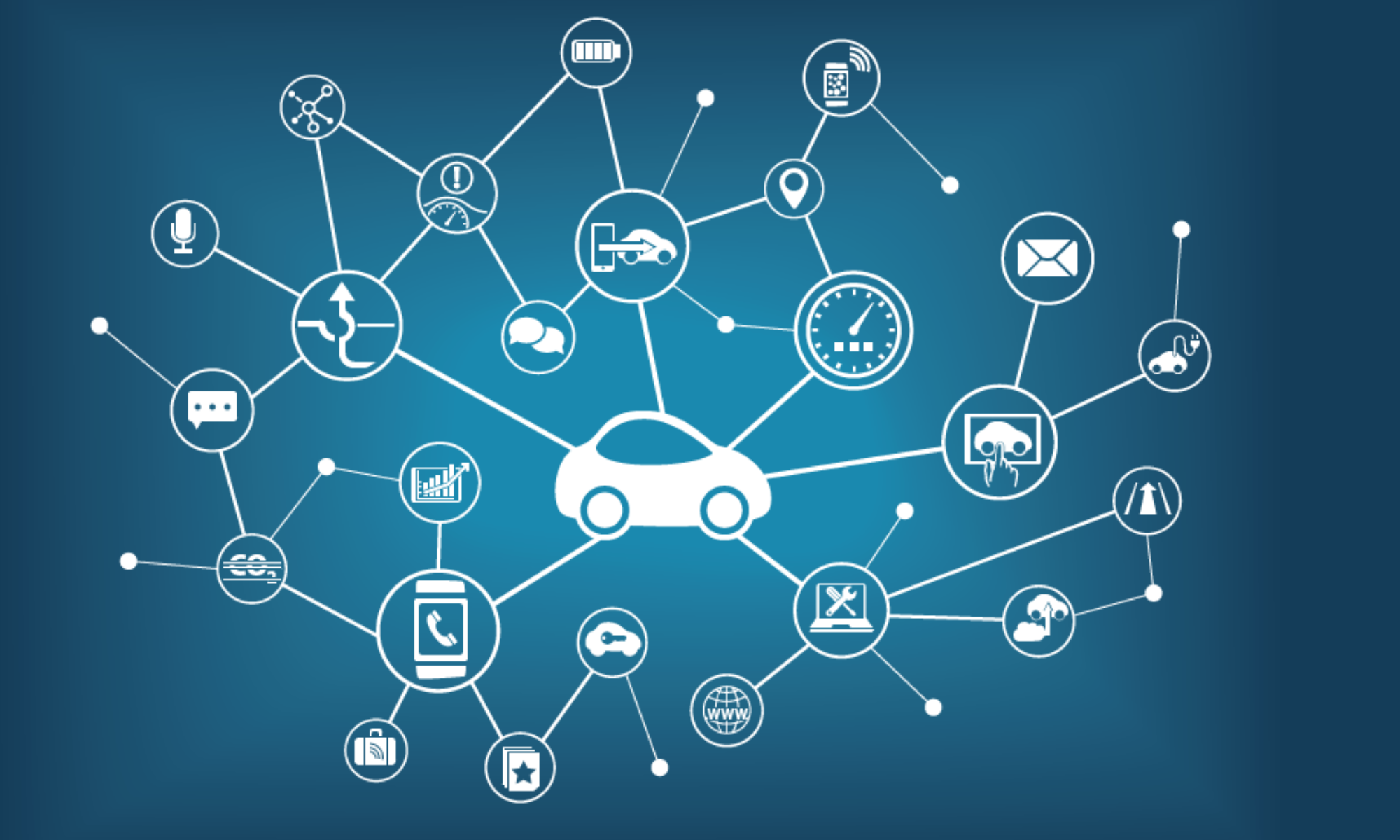December 17, 2020in Thought Leadership

by Greg Ross, Connected Vehicles Practice Lead, motormindz
The Connected Car Revolution Moves Beyond Cars
Connected car technology is becoming an established proposition. Most new light duty cars and trucks built in 2020 and 2021 will have a built-in ability to connect and upload vehicle data and driver data, and download commands and software updates in order to improve driver and passenger safety, ease maintenance and mobility, as well as the overall ownership experience. There are varying levels of ecosystem sophistication among manufacturers, but generally, a level has been established where many OEM’s can deliver the following kinds of value:
- Remote management of vehicles for greater efficiency and safety (Fleet Management services, Automatic Crash services, Teen Driver services)
- Collection of vehicle usage data to inform product design and create new services (Usage-based Insurance and Financing, Media listening data, Quality data and predictive maintenance)
- Delivery of over-the-air, or OTA software updates to address quality issues or deliver new features
- Enablement of partnerships with third parties to create new services and new data products (Mobility services, Traffic, Parking, and Tolling services, In-vehicle merchandising, Package, Fuel, and Maintenance Service Delivery)
With all of these developments reaching critical mass in the traditional light-duty car and truck segment, the question now becomes: Will we soon see Connectivity coming to similar products – such as Construction and Agricultural Equipment, Heavy and Medium Trucks, RV’s & Towables, and Motorcycles & Powersports? A quick review of these industries reveals the addition of Connectivity is already well underway in many of these industries, with some noteworthy innovations.
Agricultural and Construction Leads the Way
It may not be surprising to learn that connected tech is becoming a very significant feature of both the Agricultural and Construction Equipment industries. For starters, each piece of equipment is very expensive, which allows needed margin to cover the inclusion of connected hardware and software. A single large tractor, for example, can cost over $400,000. Large farm operations and large construction projects can involve dozens of machines in coordinated operations at any one time, so connected technologies are a natural fit for keeping track of vehicle locations, predicting needs for fuel and maintenance, and coordinating logistics & optimizing usage. Connected technologies can also be used to deliver OTA software updates and repairs to further reduce unnecessary downtime. Deere provides a good example with its telematics program. The program allows connectivity to many types of equipment to both pull data and deliver OTA software updates to key systems. Impressively, Deere also allows for access to its systems for developers to create new solutions. This kind of innovation platform will enable new software-based services, including the potential for innovation in automated driving. One clear industry acknowledgement of Deere’s leadership was Ford’s hiring of Alex Purdy from Deere’s Silicon Valley office to run Ford’s Commercial Vehicle Connectivity efforts. Caterpillar also has an extensive connectivity program, which also includes support for third-party developers. Both Deere and Caterpillar use their connectivity programs to deliver more value through their products, but also to create “stickiness,” increasing loyalty and encouraging customers to use their products more exclusively.
Connectivity is Coming to Medium and Heavy Trucks
The rationale for connectivity with Medium and Heavy Trucks is similar to Agriculture and Construction, but the industry’s solutions are a little less developed. These are also expensive machines, where downtime needs to be minimized. They are also operated on public roads, so driver behavior and safety are critical. Connected technology makes it easier to detect faults remotely and deliver OTA updates. It can also be used to track location, speed, and idling, and to track driver performance. Solutions achieving these goals are beginning to be rolled out. Freightliner offers Detroit Connect for its trucks equipped with Detroit powertrains. The system remotely detects diagnostic codes, determines the severity of the issue, and provides a recommended action. In some cases, the system can also deliver OTA repairs. There are similar connectivity offerings from Kenworth, Peterbilt, and Volvo. One of the more interesting offerings is from Navistar, with its OnCommand system. The system claims a reduction of up to 80% in failures resulting in a tow, and 30% reduction in annual repair costs. Navistar also openly recognizes that many of its customers operate “mixed fleets,” meaning that they use trucks from a variety of manufacturers. In a novel approach, Navistar’s OnCommand system works with both Navistar trucks and with competitors’ trucks, to deliver an integrated fleet management offering. This is an example where a traditional OEM — Navistar — is hoping to both sell more trucks, but it is also using connected technology to venture into a new fleet management service business. If successful with these new fleet management services, Navistar will also gain data insights about its competitors’ trucks. Navistar engineers might be able to use to this data improve its own trucks in order to gain future sales.
Motorized RV’s and Towables
Recreational Vehicles saw brisk sales in 2020, introducing many owners to these vehicles. Many top-of-the-line RV’s offer some amazing technology – including satellite receivers, solar panels, entertainment systems, and many comfort amenities. As yet, though, there are relatively few connected vehicle offerings that would allow remote interaction with these vehicles through a mobile app, or to connect multiple vehicles into a fleet management system. Some of the larger motorized vehicles are based on the heavy and medium truck platforms discussed above. This creates the potential to provide some services to monitor and maintain powertrains for motorized RV owners. Owners of towables can naturally use whatever connected technologies come with their tow vehicles. Lippert Components has an interesting offering in its OneControl application. This application allows remote control of key functions of trailers, such as leveling, awnings, generators, lighting, or HVAC. Interestingly, the application also provides diagnostics and a connection to a service center that can help with repairs and location of service facilities. Applications like OneControl could ultimately create a powerful platform for connecting RV trailers to manufacturers, service providers, and recreational facilities along the owner’s route.
Motorcycles and Powersports
These vehicles are beginning to become connected in the same ways that cars and trucks are, but there are still significant opportunities ahead for greater development. Harley-Davidson offers H-D Connect, which allows owners to remotely connect to find out about service diagnostics and service reminders and alerts. Owners can also activate tamper alerts and stolen vehicle tracking. This appears to be one of the first instances of a built-in connection in this space, and creates a platform for further services. There are mobile apps offered by BRP, Polaris, and others, but these are not connected to the vehicle to obtain diagnostics or independently track location or usage. Vehicles can be connected to a phone or WiFi for updates to on-board nav systems, and to share route information with other riders. These “companion apps” are helpful for vehicle owners, but could do much more with a built-in vehicle connection. Imagine, for example, a rental or subscription service for snow machines or water bikes enabled by a built-in connected app that could activate a vehicle for each new user, track usage, locate missing vehicles, identify vehicles needing service, and update vehicle software. Or imagine what a manufacturer could do with data about vehicle usage, to target new features to unique types of users, or offer targeted accessories. There are many more possibilities to be developed and activation is becoming easier over time – with falling costs for telematics hardware, falling connectivity costs, and with the deployment of the 5G wireless network.
Building connected technologies into vehicles and designing successful connected vehicle ecosystems can be an extremely complex undertaking – but the benefits from connectivity technology to both OEs was well as end customers alike are simple and straightforward. Approaches are similar across many industries, and new opportunities are emerging all the time for those manufacturers that are best positioned to take advantage of them. motormindz has an extensive network of industry veterans with deep practical experience in implementing manufacturers’ connected vehicle technologies, service offerings, business models & ecosystems from concept through financial & investment perspectives, through manufacturing & production, through technology & services development, and finally to customer and ownership experience fulfillment. See how we can provide both operational & strategic leverage as you consider your own position and goals in this highly competitive landscape. Reach out to our Connected Vehicles Practice Lead, Greg Ross to start a dialogue.
